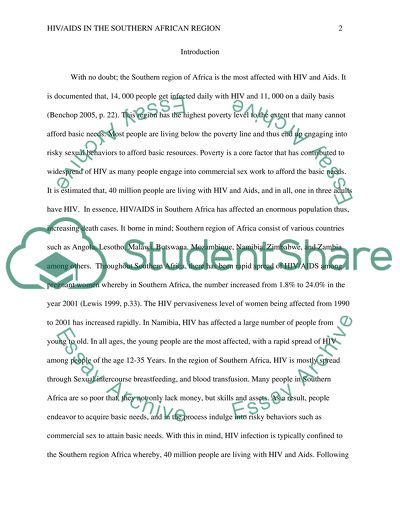Cite this document
(“AN INVESTIGATION INTO FACTORS CONTRIBUTING TO THE SPREAD OF HIV/AIDS Essay”, n.d.)
AN INVESTIGATION INTO FACTORS CONTRIBUTING TO THE SPREAD OF HIV/AIDS Essay. Retrieved from https://studentshare.org/environmental-studies/1438430-an-investigation-into-factors-contributing-to-the
AN INVESTIGATION INTO FACTORS CONTRIBUTING TO THE SPREAD OF HIV/AIDS Essay. Retrieved from https://studentshare.org/environmental-studies/1438430-an-investigation-into-factors-contributing-to-the
(AN INVESTIGATION INTO FACTORS CONTRIBUTING TO THE SPREAD OF HIV/AIDS Essay)
AN INVESTIGATION INTO FACTORS CONTRIBUTING TO THE SPREAD OF HIV/AIDS Essay. https://studentshare.org/environmental-studies/1438430-an-investigation-into-factors-contributing-to-the.
AN INVESTIGATION INTO FACTORS CONTRIBUTING TO THE SPREAD OF HIV/AIDS Essay. https://studentshare.org/environmental-studies/1438430-an-investigation-into-factors-contributing-to-the.
“AN INVESTIGATION INTO FACTORS CONTRIBUTING TO THE SPREAD OF HIV/AIDS Essay”, n.d. https://studentshare.org/environmental-studies/1438430-an-investigation-into-factors-contributing-to-the.


